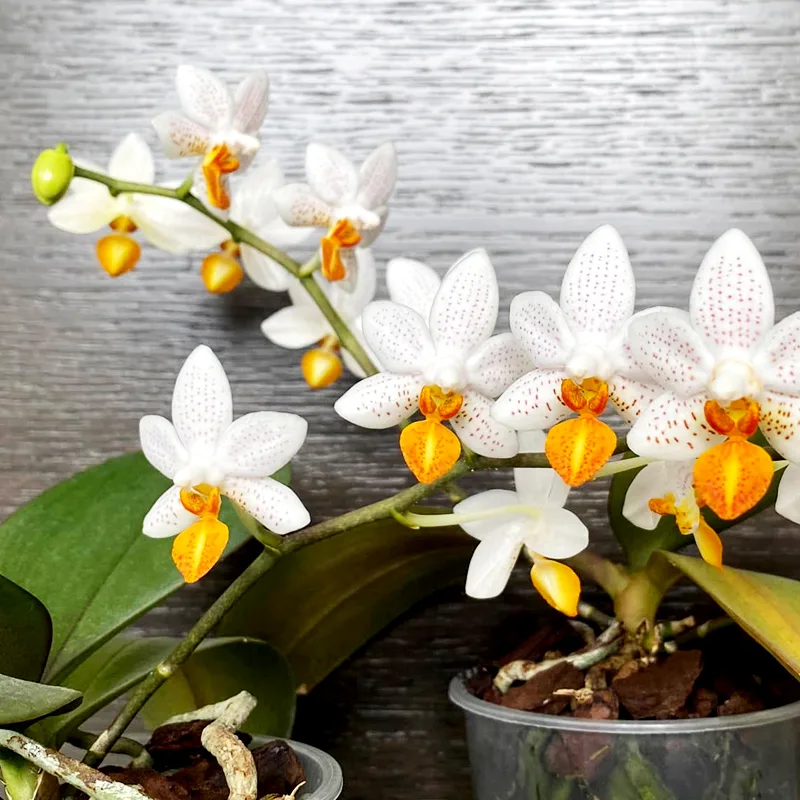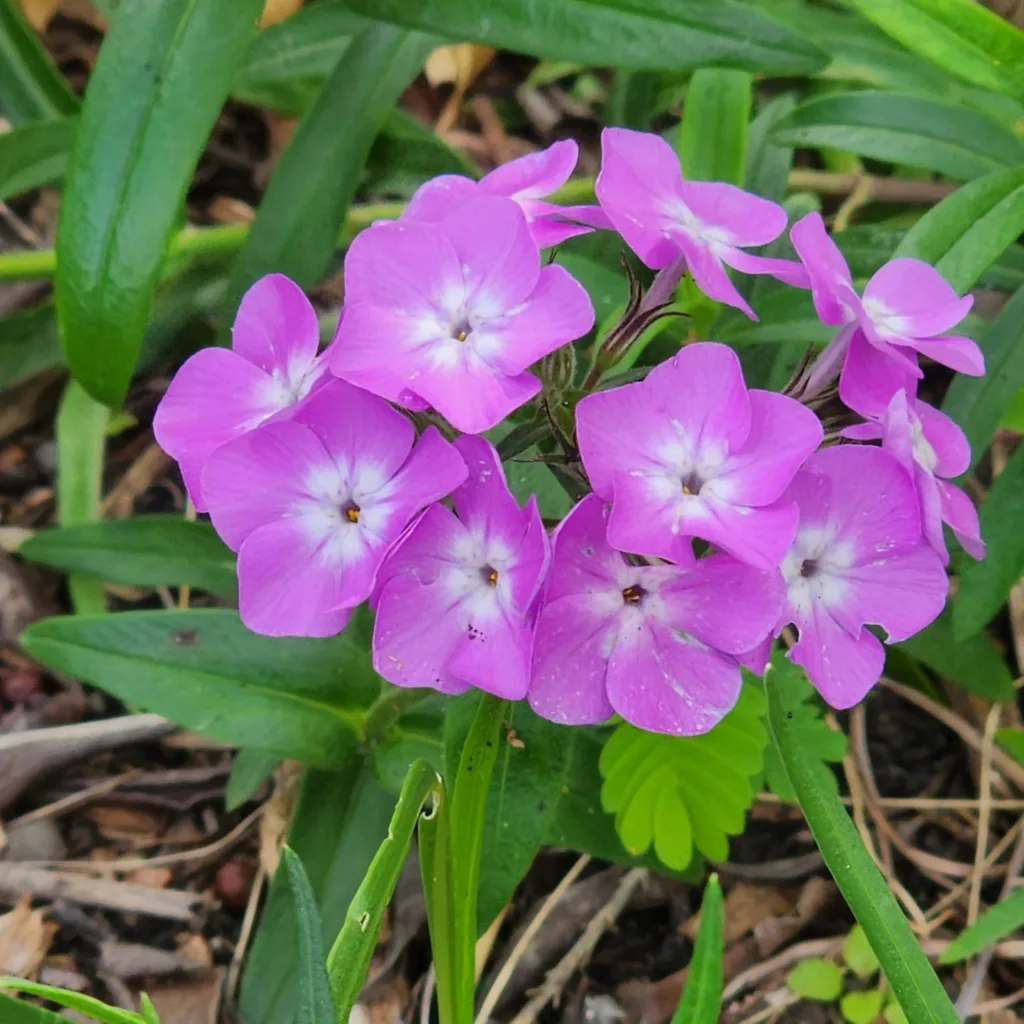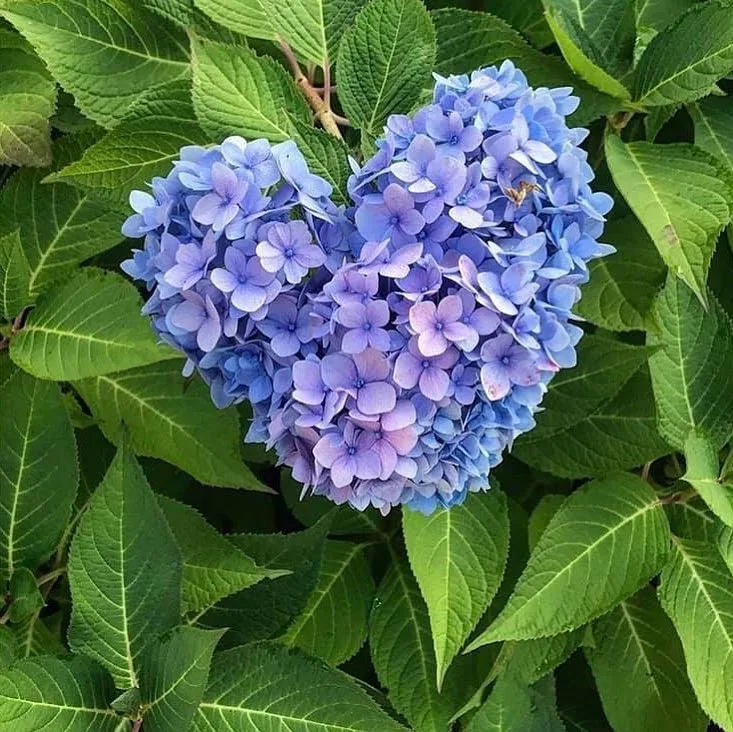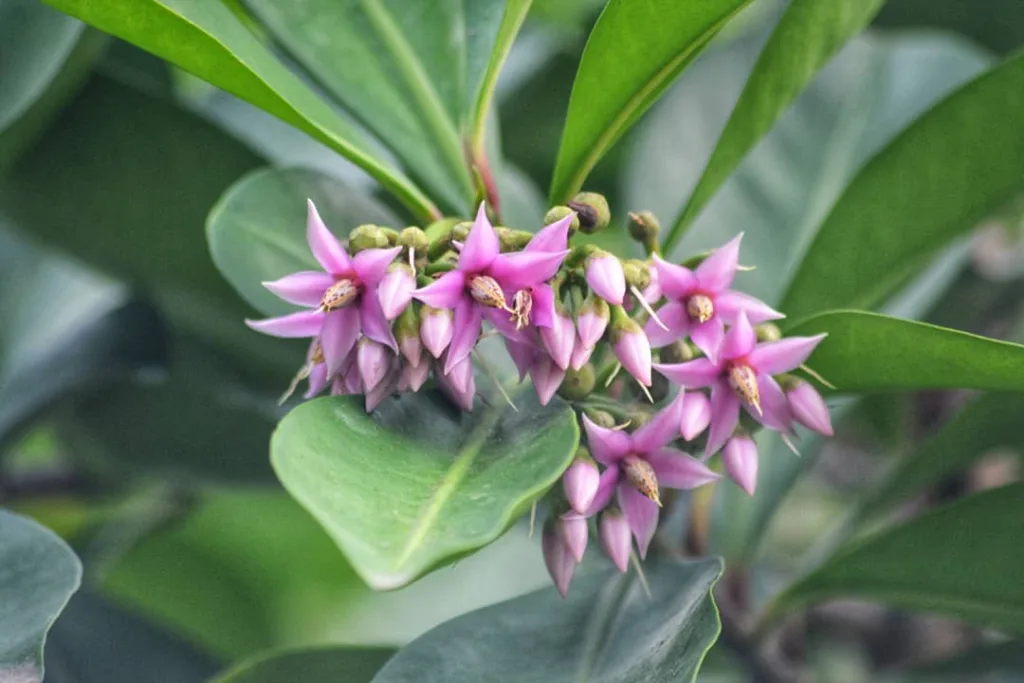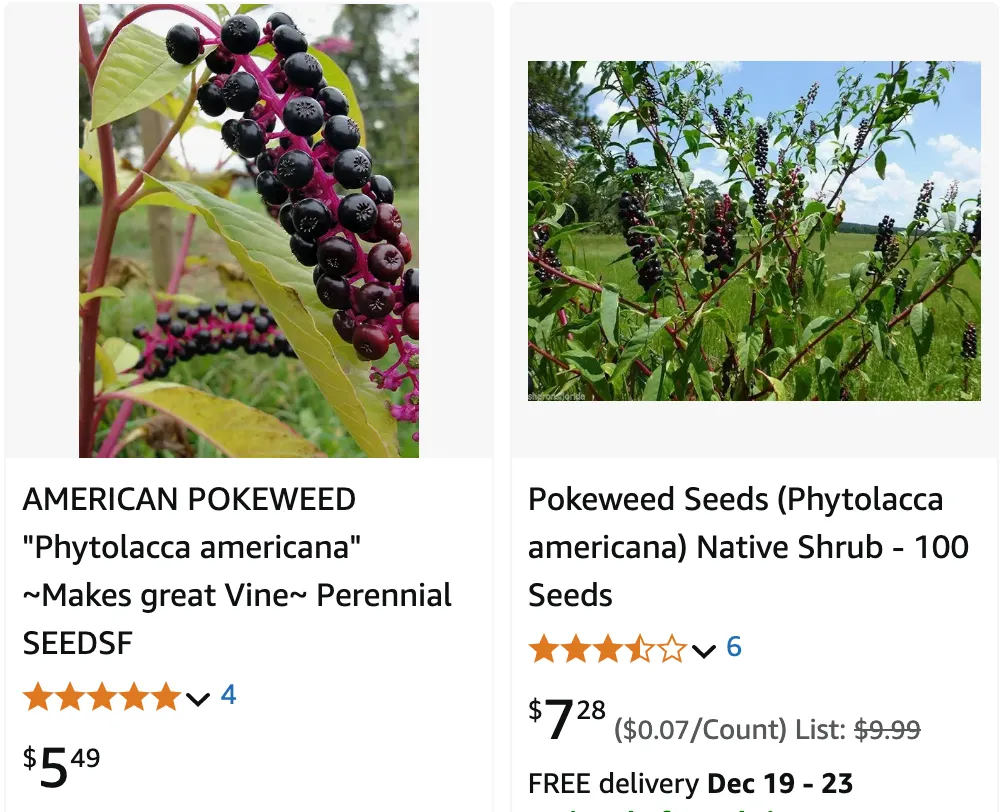
March 19 – Phytolacca
"Phytolacca, the pokeweed, defines March 19."
Phytolacca symbolizes transformation and resilience. You have a strong, adaptable nature that allows you to grow and thrive in various environments. Like its vibrant berries, you bring a bold and unique energy to the world around you.
Phytolacca: A Deep Dive with Ferb Vu
The world of plants is vast and fascinating, filled with a diversity that never ceases to amaze me. As a plant enthusiast, I’m always eager to delve deeper into the intricacies of different genera, and today, I’m excited to share my exploration of Phytolacca, more commonly known as pokeweed. This genus, belonging to the family Phytolaccaceae, comprises a captivating group of perennial plants native to North America, South America, and East Asia.
Unpacking the Name
The name “Phytolacca” itself hints at a prominent characteristic of these plants. Derived from the Greek word “phyton” (plant) and the Latin word “lacca” (a red dye), it points to the rich, red dye extracted from the berries of certain Phytolacca species. This vibrant dye has historically been used for various purposes, from coloring fabrics to – believe it or not – adding a rosy hue to wine.
A Diverse Genus
Phytolacca encompasses roughly 27 species, each with its unique features and properties. Some of the most notable members include:
- Phytolacca acinosa Roxb. Plant FAQs: Phytolacca Acinosa – Indian Pokeweed
- Phytolacca americana L.
- Phytolacca bogotensis Kunth
- Phytolacca chilensis (Moq.) H.Walter
- Phytolacca cyclopetala H.Walter
- Phytolacca dioica L. Plant FAQs: Phytolacca Dioica – Ombú Tree
- Phytolacca dodecandra L’Hér.
- Phytolacca exiensis D.G.Zhang, L.Q.Huang & D.Xie
- Phytolacca goudotii Briq.
- Phytolacca heptandra Retz.
- Phytolacca heterotepala H.Walter
- Phytolacca icosandra L. Plant FAQs: Phytolacca Icosandra – Button Pokeweed
- Phytolacca insularis Nakai
- Phytolacca japonica Makino
- Phytolacca latbenia (Moq.) Maxim.
- Phytolacca meziana H.Walter
- Phytolacca octandra L.
- Phytolacca polyandra Batalin
- Phytolacca pruinosa Fenzl
- Phytolacca rivinoides Kunth & C.D.Bouché
- Phytolacca rugosa A.Braun & C.D.Bouché
- Phytolacca sandwicensis Endl.
- Phytolacca sanguinea H.Walter
- Phytolacca tetramera Hauman
- Phytolacca thyrsiflora Fenzl ex J.A.Schmidt
- Phytolacca weberbaueri H.Walter
- Phytolacca yunnanensis X.H.Li & Wen Zhou
Phytolacca americana: A Closer Look
Among the diverse species within this genus, Phytolacca americana, or American Pokeweed, holds a special place in my heart. Growing up, I was fascinated by its towering presence in fields and along roadsides, its vibrant berries attracting a myriad of birds.
This species is a herbaceous perennial, typically reaching heights of 1 to 3 meters. Its large, ovate leaves, often exceeding 20 centimeters in length, create a lush, tropical appearance. In summer, the plant produces long racemes of white flowers, which gradually develop into glossy, dark purple berries. These berries, while visually appealing, contain toxic compounds and should not be consumed.
The Allure of Pokeweed
Despite its toxicity, Phytolacca americana has a rich history of human use. Native Americans, for instance, utilized various parts of the plant for medicinal and practical purposes. The root was employed as a traditional remedy for various ailments, while the berry juice served as a dye and ink.
Even today, pokeweed continues to intrigue researchers and scientists. Studies have explored its potential anti-cancer and antiviral properties, though further research is needed to fully understand its therapeutic applications.
A Note of Caution
While I find Phytolacca americana captivating, it’s important to remember its potential toxicity. All parts of the plant, especially the root, contain toxic saponins and oxalates. Ingestion can lead to a range of symptoms, from nausea and vomiting to more severe complications like seizures and respiratory distress.
Therefore, it’s crucial to exercise caution when handling pokeweed and to keep it out of reach of children and pets. If you suspect poisoning, seek immediate medical attention.
Phytolacca: A Symbol of Resilience
Beyond its practical uses and potential toxicity, Phytolacca americana holds a deeper meaning for me. It symbolizes resilience and adaptability, thriving in diverse environments and persisting despite challenges. Its ability to re-sprout from its robust root system even after being cut down speaks to its tenacity.
In a world facing increasing environmental pressures, I believe we can learn from the resilience of plants like pokeweed. Their ability to adapt and thrive in challenging conditions serves as an inspiration for us to persevere and find sustainable solutions.
Conclusion
My exploration of the Phytolacca genus has been a journey of discovery and appreciation. From the vibrant dyes extracted from its berries to its potential medicinal properties, this genus offers a glimpse into the intricate world of plants and their diverse applications.
While caution is necessary due to its toxicity, Phytolacca americana, in particular, remains a symbol of resilience and adaptability, reminding us of the power of nature to persist and thrive. As I continue my journey as a plant enthusiast, I look forward to uncovering more fascinating aspects of this captivating genus.
If i die, water my plants!
